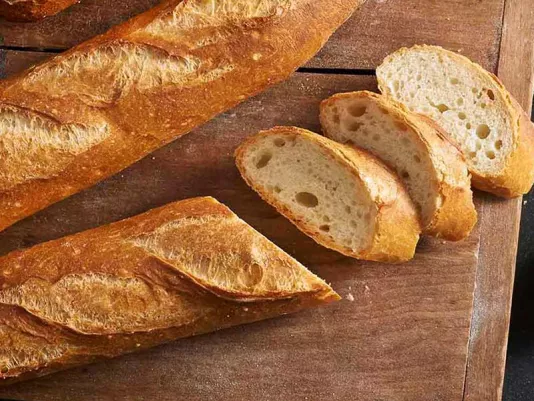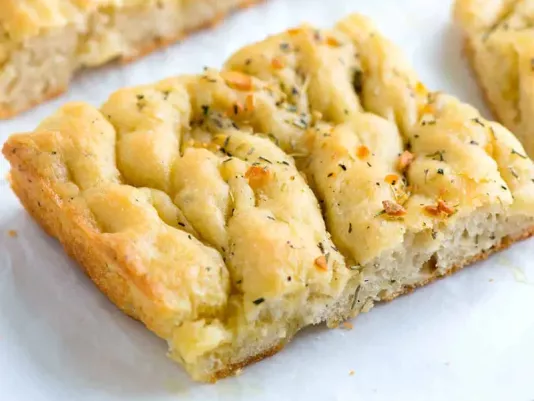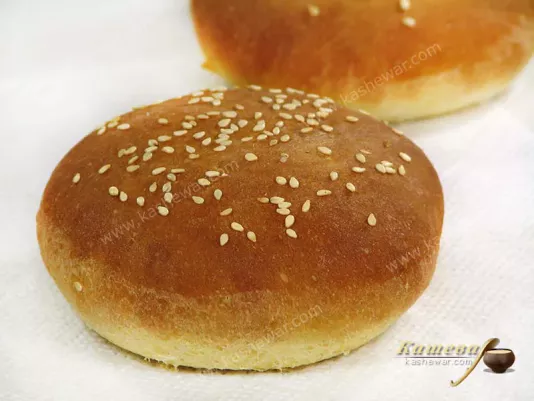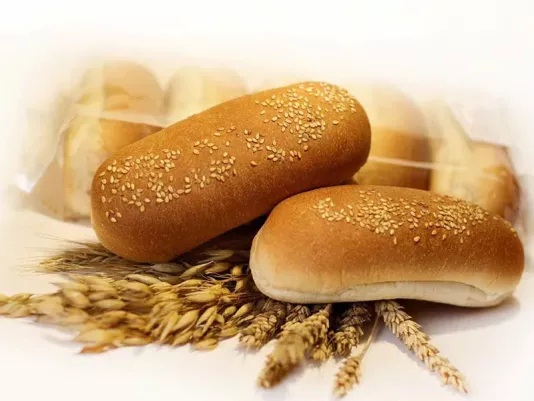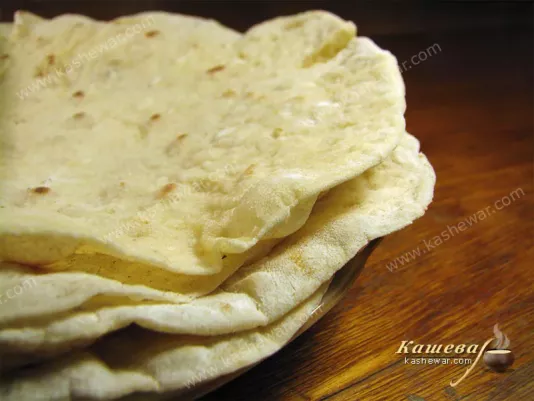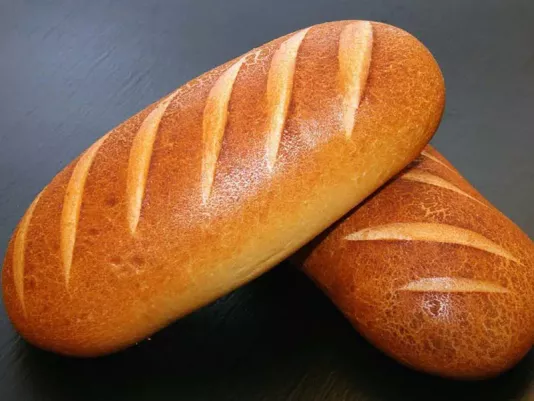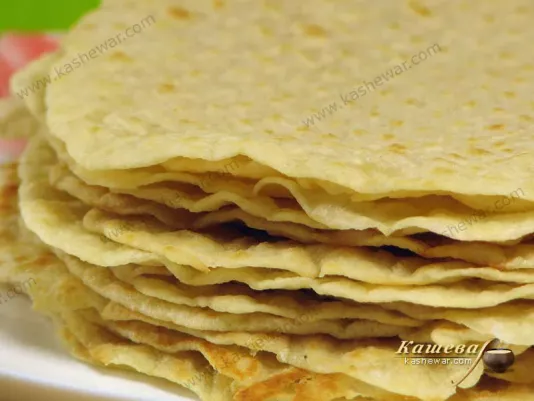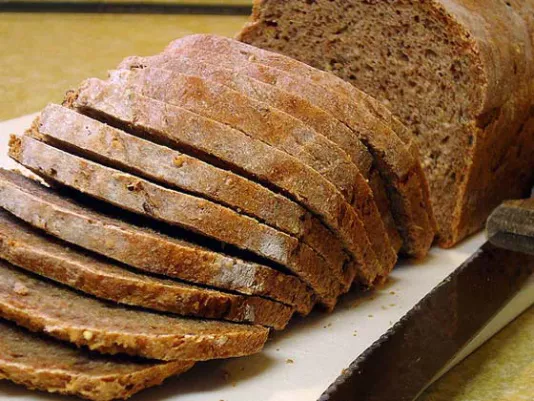Bread and Buns
Bread and buns have accompanied me in cooking for many years. I’ve always believed that bread is not just food but the foundation of balanced nutrition, providing energy and filling the home with the aroma of comfort. Each type of bread or bun has its history and purpose: a baguette is perfect with cheese and wine, a loaf tastes great with butter and jam, and hamburger or hot dog buns have become an inseparable part of modern cuisine. I often use lavash in dishes with vegetables or meat since it adds lightness and versatility. Rye bread helps balance the diet, while white bread adds tenderness and airiness to meals. When I bake focaccia or tortillas, they remind me of my travels, as they carry the spirit of different cuisines of the world. Even Mandarin pancakes have become a discovery for me – their tenderness and thin texture allow me to create unique dishes for guests. My experience tells me: the wider the choice of bread in the kitchen, the more opportunities there are for experiments and new flavors.
Different Types of Bread and Buns
Traditional Bread in Everyday Diet
When I think about bread, white and rye come to mind first. These two types have been with me since childhood, and they are the ones that most often appear on my table. White bread has a delicate flavor and light texture; it goes well with almost any dish – from soups to meat delicacies. I love serving it fresh, still warm, sliced with a layer of butter. Rye bread, on the other hand, is richer, with its characteristic tang that adds a sense of heartiness. I choose it when I want to create a more nourishing and wholesome meal. Thanks to its high fiber content, rye bread supports digestion and keeps you feeling full longer. In my kitchen, I often combine these two: white bread for breakfast, rye bread for dinner or sandwiches with meat and vegetables. I’ve realized that choosing the right bread can transform even a simple dish, making it more interesting and balanced. And while these types may seem ordinary, they form the foundation of culinary traditions across many cultures.
Buns for Special Dishes and Snacks
In my life, buns have always held a special place because they can turn an ordinary snack into a complete meal. For example, I use hamburger buns not only for classic burgers but also to create delicate sandwiches with chicken, salad, and sauces. Their softness and elasticity perfectly hold the filling, preventing it from falling apart. Hot dog buns have a longer shape that makes it easy to add sausages, vegetables, and sauces, creating a convenient and satisfying option for fast food. I love baking homemade buns – they carry the aroma of yeast dough and taste much better than store-bought. Plus, when baking at home, I can control the quality of the ingredients and add spices or seeds for variety. Small sweet buns often make a perfect addition to tea or coffee, bringing a festive feeling even to weekdays. My experience shows that buns are not just baked goods but a true tool for experiments, allowing you to create new flavors and satisfy the most unexpected gastronomic cravings.
Bread from Different Cuisines of the World
I’ve always been inspired to explore new cultures through their bread. Lavash, for example, has become a universal ingredient for me: I wrap meat, vegetables, or cheese in it, creating light yet filling dishes. Its thin structure makes it easy to combine with various fillings. Focaccia, the Italian bread with olive oil and herbs, is for me a symbol of coziness and the Mediterranean aroma. It goes perfectly with soups and salads, and sometimes I serve it simply with olive oil and salt. Tortilla opened up a completely new world of cooking for me: soft and flexible, it holds fillings well, allowing the creation of both simple snacks and complex layered dishes. Mandarin pancakes surprised me with their tenderness and refinement – they pair beautifully with vegetables, sauces, or even dessert fillings. Each of these types of bread has its own history, and when I use them in my kitchen, I feel as if I’m traveling the world. For me, bread is a way to experience another country’s culture without leaving home, and I always recommend experimenting with these types of baked goods to broaden culinary horizons.
Homemade Bread and Bun Baking
I often bake bread and buns at home, and I can say that the process itself brings me special joy. When the dough rises and fills the kitchen with aroma, I feel true comfort. Homemade baking allows me to control the quality of ingredients: I choose flour, yeast, or sourdough, and add flaxseeds, sesame, or sunflower seeds. This makes bread healthier and gives it a unique taste. I love making buns both savory and sweet, using honey, raisins, or poppy seeds. Another advantage of home baking is the ability to adjust the size and shape of the bread depending on the occasion. For example, small buns are perfect for children’s parties, while large loaves are ideal for family dinners. I also experiment with sourdough: rye adds richness, wheat makes the bread delicate, and sometimes I mix several types for a unique result. Every time I cut into freshly baked bread, I feel a sense of pride and joy. I’m convinced that home baking is not only about taste but also about the warm atmosphere we create for our loved ones.
Health Benefits and Modern Uses
Over time, I’ve been paying more attention to how bread and buns affect health and what opportunities they open in modern cooking. Rye bread, rich in fiber and B vitamins, helps maintain energy throughout the day, while white bread in small amounts adds lightness and is a good addition to soups and salads. I often use toast bread for quick breakfasts – with avocado, eggs, or cheese – because it’s convenient and nutritious. Buns, especially with seeds or whole grain flour, become a healthy snack that’s easy to take with you. In modern cuisine, bread has stopped being just a side item – it has become part of main dishes. Tortillas and lavash help create light wraps and snacks that can be adapted to any taste. Focaccia or Mandarin pancakes add festivity even to a simple dinner. I’ve realized that bread and buns are not just tradition but a flexible tool for culinary creativity. They let us experiment, create new combinations, and bring joy both in everyday meals and during special occasions.
